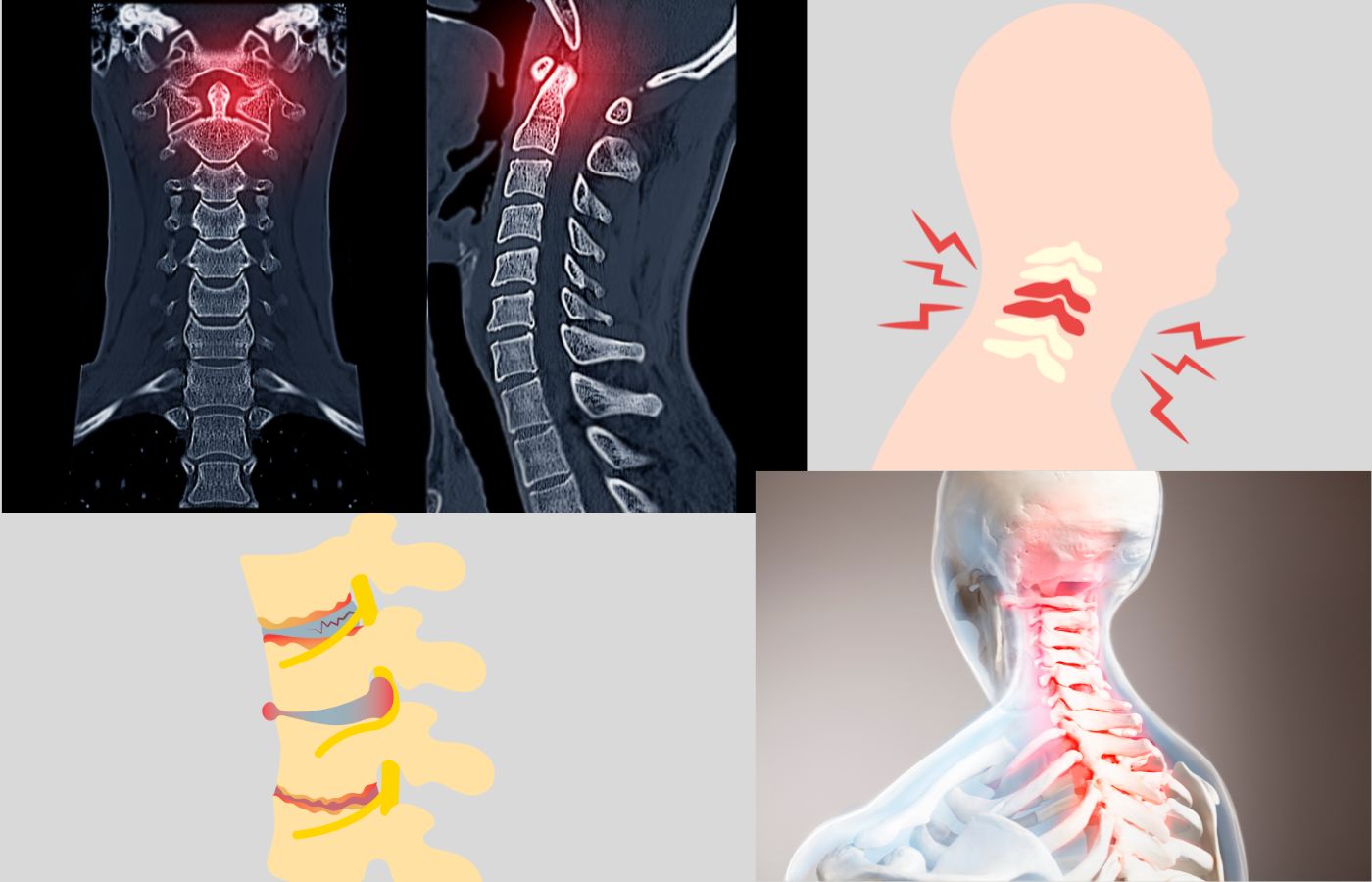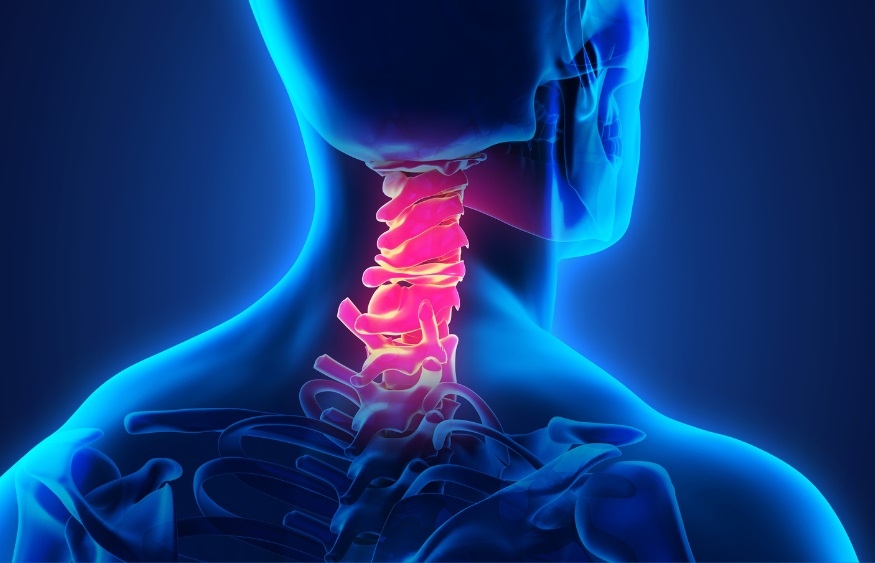
Spinal trauma is a serious medical condition that can lead to significant disability or even death if not diagnosed and treated properly. The cervical spine, which includes the first seven vertebrae of the spine, is particularly vulnerable in cases of trauma due to its location and its role in supporting the head and neck. To properly diagnose cervical spine injuries, imaging techniques are crucial. One of the most effective diagnostic tools for this purpose is the CT scan of the cervical spine.
A CT scan cervical spine provides detailed cross-sectional images of the bones, soft tissues, and blood vessels in the neck region, making it an invaluable tool for diagnosing spinal trauma. This blog will explore the importance of the CT scan cervical spine in diagnosing spinal injuries, how it works, its benefits over other imaging methods, and what you need to know when seeking a CT scan near me. We’ll also take a closer look at Diagnopein a leading diagnostic center offering advanced imaging services across cities like Pune, Mumbai, Delhi, Nagpur, Ahmednagar, and Bhopal.
A CT scan cervical spine is a specialized imaging test that uses X-ray technology and computer processing to create detailed images of the cervical spine. The cervical spine consists of seven vertebrae (C1 to C7) and the intervertebral discs, ligaments, muscles, and spinal cord. The CT scan generates cross-sectional images of these structures, which can be reconstructed into 3D images, providing a clear view of the spine's anatomy.
When a CT scan cervical spine is ordered by a doctor, it is typically used to evaluate the spine following a traumatic injury, such as a car accident, fall, or sports injury. It helps identify fractures, dislocations, or any damage to the vertebrae, discs, or spinal cord. This is crucial in determining the severity of the injury and planning the appropriate treatment.
The cervical spine is a delicate part of the body that plays a vital role in supporting the head and protecting the spinal cord. Trauma to the cervical spine can lead to a variety of injuries, including:
1] Fractures: Breaks or cracks in the vertebrae can occur due to severe impacts or sudden jerks.
2] Dislocations: The bones of the cervical spine may become misaligned after trauma, leading to potential nerve damage.
3] Ligament and Soft Tissue Damage: Although these injuries may not be visible on traditional X-rays, a CT scan cervical spine can detect soft tissue damage.
4] Spinal Cord Injuries: While CT scans do not directly image the spinal cord, they can reveal fractures or other injuries that may threaten the spinal cord’s integrity.
In the event of an injury, rapid and accurate diagnosis is critical to prevent permanent damage, especially if the spinal cord is affected. CT scans provide clear, detailed images of bone structures and soft tissues, allowing doctors to assess the extent of the injury and develop a timely treatment plan.
A CT scan of the cervical spine uses a combination of X-rays and computer technology to produce detailed images. The process involves the following steps:
1] Positioning: The patient is positioned on a table, often lying flat on their back, with their head properly aligned for the scan.
2] Imaging: A rotating X-ray machine captures multiple images of the cervical spine from various angles. These images are then sent to a computer for processing.
3] Image Reconstruction: The computer reconstructs the images into cross-sectional slices or 3D models that give doctors a clear view of the spine's structures.
4] Analysis: A radiologist or physician analyzes the images to identify any fractures, dislocations, or other injuries.
The procedure is quick, typically lasting about 10 to 15 minutes, and the images are available almost immediately, which is crucial in emergency situations. The ability to view the images in real-time allows healthcare professionals to make rapid decisions about treatment.

A CT scan cervical spine offers several benefits over other imaging methods like traditional X-rays and MRI scans, especially in the context of diagnosing spinal trauma:
1] Higher Resolution of Bone Structures: CT scans provide superior visualization of bone structures compared to traditional X-rays. The ability to see fractures, dislocations, and other bone-related injuries with high precision makes it an ideal tool for trauma patients.
2] Faster Results: In trauma situations, the ability to get fast results is critical.CT scan cervical spine images can be obtained almost immediately, providing healthcare providers with the necessary information to begin treatment without delay.
3] Detecting Hidden Injuries: While traditional X-rays may miss small fractures or soft tissue damage, a CT scan cervical spine can detect these injuries, which might otherwise go unnoticed. It also provides better clarity on injuries to ligaments, muscles, and cartilage.
4] 3D Imaging: One of the key advantages of a CT scan cervical spine is the ability to generate 3D images that give doctors a more comprehensive view of the injury. This 3D capability allows for better surgical planning if intervention is needed.
5] Assessment of Complex Injuries: CT scans are especially useful in evaluating complex injuries, such as those involving multiple vertebrae or the potential involvement of the spinal cord. The detailed images enable doctors to assess the severity of the trauma more accurately.
A CT scan cervical spine is a simple and non-invasive procedure. Here’s what you can expect during the test:
1] Preparation: In most cases, there is no special preparation required for a CT scan of the cervical spine, although you may be asked to remove jewelry or metal objects that can interfere with the scan.
2] Procedure: You will be asked to lie on a table, and a positioning device may be used to keep your head and neck still. The machine will rotate around your body, capturing detailed images of your cervical spine.
3] Post-Procedure: After the scan is completed, you can resume your normal activities. There are no side effects, and no recovery time is required. A radiologist will analyze the images and provide the results to your doctor.
If you’re seeking a CT scan cervical spine in your area, you can search for a CT scan centre near me. It’s important to choose a reputable diagnostic center that offers high-quality imaging and has experienced radiologists who can interpret the results accurately.We provide state-of-the-art CT scans and other diagnostic services to help in the accurate and timely diagnosis of spinal trauma and other medical conditions. Our advanced equipment and experienced technicians ensure that you receive high-quality images for proper diagnosis and treatment planning.
The cost of a CT scan cervical spine can vary based on location, the diagnostic center, and whether the procedure is covered by insurance. The CT scan price starts from Rs.1000/-, depending on the region and complexity of the scan. If you are concerned about the cost, it’s always a good idea to check with the center for an estimate before undergoing the procedure.
If you have health insurance, it’s advisable to check with your provider to see if a CT scan cervical spine is covered under your policy. Many insurance plans cover diagnostic imaging when prescribed by a doctor for a legitimate medical reason.
If you're looking for a CT scan centre near me, Diagnopein offers top-tier diagnostic services with advanced imaging technology. We have locations in major cities such as Pune, Mumbai, Delhi, Nagpur, Ahmednagar and Bhopal making it convenient for patients across India to access high-quality medical imaging services. Our state-of-the-art CT scan machines ensure that you receive accurate and detailed images for the best possible diagnosis.
Whether you're dealing with a spinal injury or need a routine scan, Diagnopein is committed to providing exceptional care, efficient service, and accurate results. Our radiologists are trained to interpret CT scan cervical spine images with precision, ensuring that your treatment plan is based on the most accurate information available.